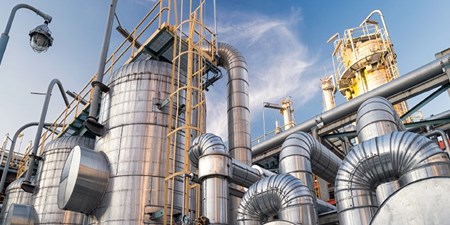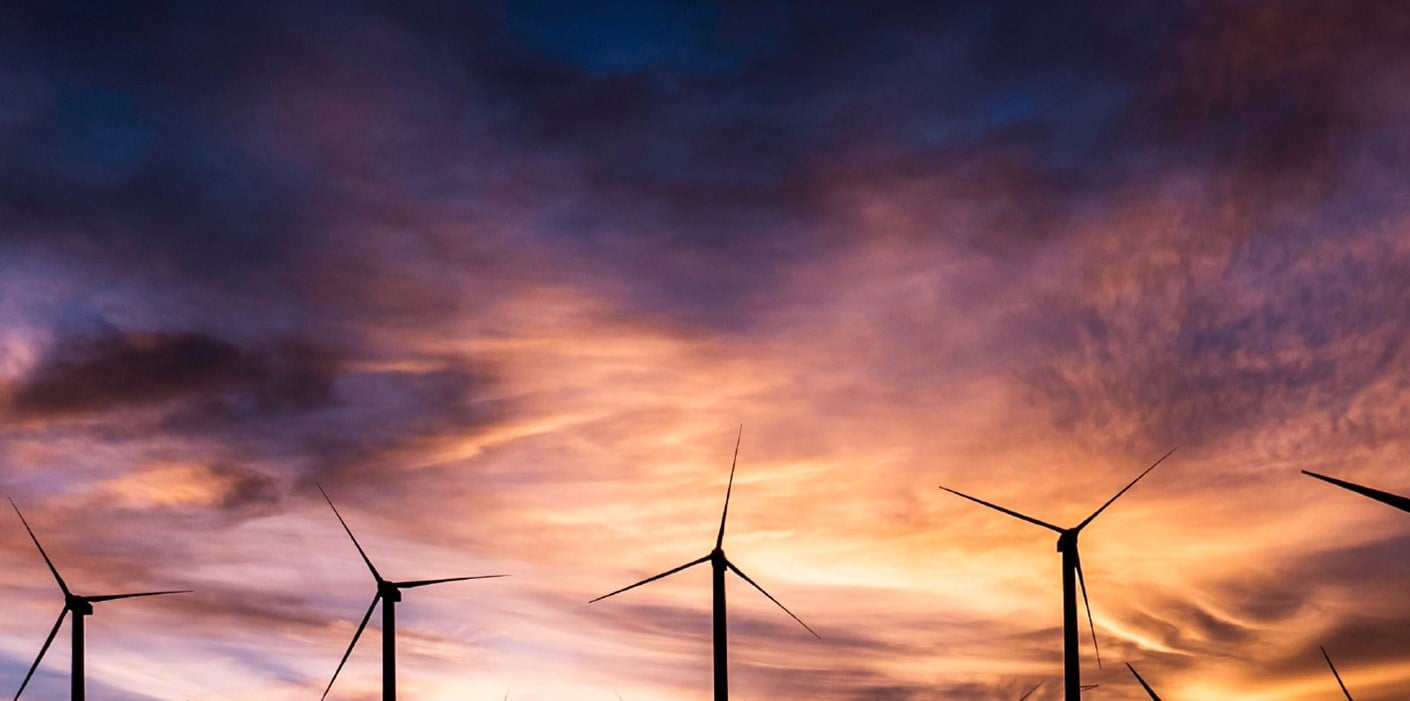The clean energy boom in APAC: Are you ready to capitalize?
Asia-Pacific (APAC) region is experiencing an unprecedented boom in clean energy, creating prime opportunities for businesses that can capitalize on this transformation. With governments implementing ambitious policies and corporations increasingly committed to sustainability, APAC is rapidly becoming a global leader in clean energy. For businesses, this surge presents both opportunities and challenges – navigating the diverse regulatory landscapes and leveraging the right procurement strategies are crucial for success.
As the demand for clean energy grows, so does the complexity of the market. Businesses need a partner who understands the intricacies of APAC’s clean energy landscape and can provide strategic guidance. With the right support, your organization can lead the way in clean energy adoption, driving both sustainability and long-term success.
Are you ready to unlock the full potential of clean energy in APAC?
Clean energy boom in APAC: What does it mean for corporate buyers?
APAC led the globe in new clean energy installations in both 2023 and 2024, with over 400 GW added in 2024 alone—surpassing the combined additions in Europe and North America. The region now accounts for more than half of the world’s installed clean energy capacity. China remains the primary driver of this growth, but significant momentum is building across India, Southeast Asia, and Northeast Asian markets.
Most APAC governments have also announced long-term net-zero pledges and introduced supportive policies, such as renewable portfolio standards (RPS), feed-in tariffs (FiTs), feed-in premiums (FiPs), project auctions, and mandatory purchases (LRET RECs) to accelerate deployment. By 2030, many APAC markets are on track to derive 30–50% of their power generation from renewables, reflecting both the urgency of climate goals and improving clean energy economics.
At the same time, corporate buyers in APAC are increasingly procuring clean energy to meet their sustainability targets. Large corporations, both multinational and local, are increasingly adopting solutions such as power purchase agreements (PPAs), onsite generation, and energy attribute certificates (EACs) to source carbon-free electricity for their operations and supply chains.
Corporate clean energy procurement in APAC has in fact surged to record levels recently. According to BloombergNEF, corporate PPA activity in APAC more than doubled to 4.6 GW in 2022, and climbed to approximately 9.7 GW in 2023 – an all-time high for the region. In Australia's corporate PPA market, records have been broken nearly every year since 2020, with 2024 alone accounting for nearly a third of the ~26.4 TWh in annual offtake volume contracted since 2017.
Despite nearly all these APAC markets now offering some form of corporate clean energy procurement options, corporate buyers still face real and persistent challenges. Having policies on paper doesn’t guarantee projects in practice: execution depends on whether clean energy supply is available, whether regulations and infrastructure make it accessible, and whether doing so is affordable versus conventional power. These “3A” factors vary widely by country and often require careful navigation to secure impactful solutions.
Clean energy procurement landscape for corporates in APAC
Clean energy procurement in APAC: Key options and considerations for corporates
While the above tables highlight each country’s clean energy landscape, companies must also carefully consider how they procure green power. Each procurement mechanism comes with its own set of challenges in APAC. Below we examine the major options and the hurdles associated with each.
- Offsite Corporate Power Purchase Agreement (PPA): Executing PPAs in APAC, especially direct physical PPAs, is often challenging due to regulatory and infrastructure barriers. Monopoly utilities, restrictive private sales laws, and costly wheeling agreements complicate direct procurement. Even where allowed, projects face long delays in permitting, land acquisition, and grid connections—such as in Japan and India. Contract lengths (10–20 years) can be restrictive, and pricing gaps (5–20% premiums) often slow negotiations.
Virtual PPAs (VPPAs) / Financial PPAs avoid physical delivery barriers but require liberalized markets with transparent pricing—conditions absent in many APAC countries. Where feasible, VPPAs introduce volatility, accounting complexities, and currency or cross-border challenges. Thus, while PPAs are impactful, they remain among the most complex renewable procurement options in APAC.
- Unbundled RECs (Renewable Energy Credits): RECs offer a flexible, straightforward way to meet clean energy goals in APAC, but face questions regarding real impact. A key issue is additionality. Many available RECs stem from government-subsidized or pre-existing subsidized projects, as well as pre-existing generators, meaning their purchase might not drive new renewable capacity.
Supply constraints also vary significantly across APAC. Limited local availability and nascent registries can force companies to import certificates (like I-RECs), adding complexity. Pricing differs widely: abundant markets like India and China offer inexpensive RECs (below $1/MWh in 2024), whereas scarcity in Taiwan and South Korea pushes prices higher. While unbundled RECs help corporates achieve interim climate goals, many companies prefer them as a transitional step toward more impactful long-term options such as PPAs or onsite generation.
- Utility Green Tariff Programs: Utility green tariffs let corporates easily buy clean energy directly through their existing electricity supplier by paying a premium. Programs like KEPCO’s Green Premium (Korea), TNB’s Green Electricity Tariff (Malaysia), Taipower’s green tariff (Taiwan), and GreenPower™ program (Australia) simplify procurement by eliminating the need for separate contracts or infrastructure.
However, these programs often lack additionality as utilities typically allocate existing clean energy rather than build new capacity specifically for customers. Availability can also be limited due to program caps, such as Malaysia’s GET capped at 6.6 TWh in 2023. Financially, green tariffs usually come at a premium, making them costlier short-term compared to standard electricity. Despite these, green tariffs offer an accessible, straightforward entry into clean energy, particularly beneficial where direct procurement is complex.
- Onsite Generation: Onsite clean energy generation, such as rooftop solar, is often the simplest and fastest way for APAC corporates to start procuring clean energy. Compared to other options, it bypasses many regulatory complexities, reduces grid dependence, and can yield cost savings, particularly in markets like Japan, Philippines, and Australia with high electricity prices, while providing a visible demonstration of sustainability commitment.
The challenges with onsite generation tend to be physical and operational rather than regulatory. Limited space can restrict project scale, and solar intermittency requires backup power or storage for continuous operations. Handling excess generation can also be challenging, as net-metering rules vary and sometimes prohibit exporting surplus power to the grid. Maintenance and operational responsibility can be burdensome, though third-party providers offering lease or onsite PPA structures help mitigate these issues.
Overall, corporate clean energy procurement in APAC is rapidly advancing but remains uneven. Markets such as India, Philippines, Australia and, increasingly, China and Japan provide relatively favorable conditions, while South Korea, Singapore, and Taiwan face challenges from limited renewable supply and structural barriers, though reforms are underway. Malaysia, Thailand, and Vietnam are introducing promising pilot programs but still have limited scope initially.
Across the region, companies must manage practical challenges: securing permits, grid connections, trustworthy counterparties, offtake contracts, and early-stage cost premiums. Encouraging policy developments are gradually easing these barriers. As regulatory environments evolve and successful case studies multiply, the gap between corporate clean energy ambitions and actual procurement continues to narrow, making clean energy sourcing increasingly achievable and impactful.




